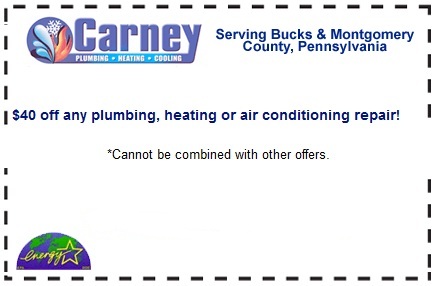For people who suffer from seasonal allergies in Lansdale, air quality is a key concern. Allergens in the air cause brutal bouts of sneezing, runny nose, itchy eyes and even sinus headaches. Even taking refuge indoors will often not assuage these symptoms, as indoor air is often comparable to outdoor air in terms of allergens and overall quality.
That is, unless you take care to control the seasonal air quality in your home, which can not only help ease the suffering of allergies, but also soothe asthmatics, keep out pollutants and generally promote better overall health.
How do you go about controlling the air quality in your home? To start, try these simple tips:
- Vacuum carpets regularly. Use a vacuum with a HEPA filter and invest in some allergen suppressing bags.
- Keep your vents clean. This is also a good maintenance practice to lengthen the life of your ventilation equipment.
- Dust hard surfaces and wash bed linens weekly.
- Install HEPA filters in your ventilation system, such as in air conditioners or other air handler units. Use a higher rated filter to keep out more allergens and pollutants.
- Invest in and use an air purifier. Again, make sure to get one with a HEPA filter.
- Have your home tested for radon and carbon monoxide. Have smoke, carbon monoxide and radon detectors working properly at all times.
- Use a humidifier to keep overly dry air from irritating sinus passages.
- Keep doors and windows closed tight, especially during allergy season(s).
By taking charge of the air quality in your home, you also take control of a measure of your family’s health. Some of these measures require at least a bit of an investment – for example, higher rated HEPA air filters are often more expensive and need to be changed more frequently – but the benefits to your well being and that of your family are clearly well worth it. For more information about having an indoor air quality system installed in your Lansdale home, give Carney Plumbing, Heating & Cooling a call today!

